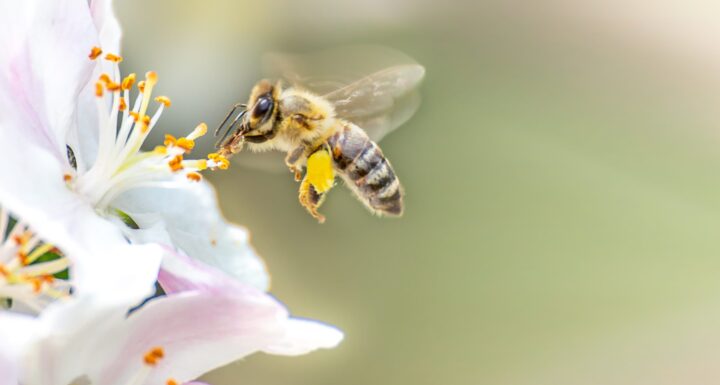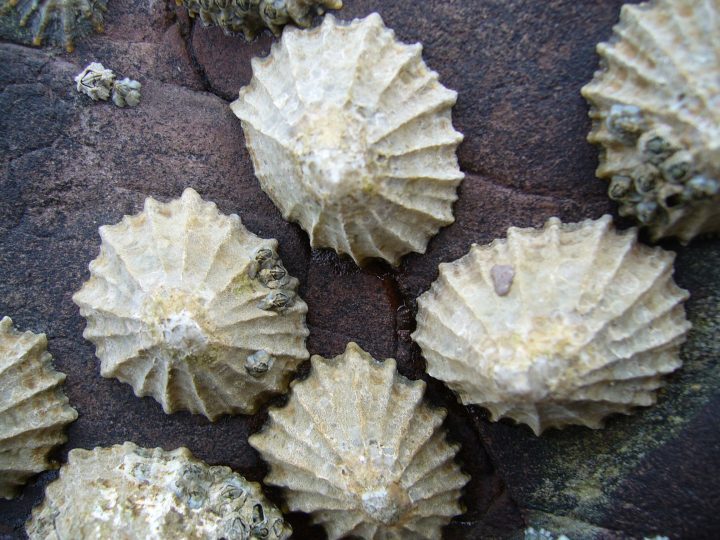Capture, Absorb, or Filter Solids
Some living systems must secure solid particles such as sediment, usually to keep the particles from hindering their health or activity. The most common way in which they do this is through filtering. To be effective, a filtering system must be appropriate to the sizes of solid particles to be captured and must capture only what is needed. It must also be effective in the appropriate media–air, water, or sometimes solids like soil. An example is mangroves, which are trees that grow along ocean coasts. Their root system slows down and settles sediment out of the water, building up soil to support the mangrove ecosystem.
Physically Break Down Living Materials
Living materials are those that are part of living systems (whether currently or formerly alive). For example, a fallen log, although dead, is considered a living material. Breaking down or breaking up living materials is important for living systems that feed on them, as well as in facilitating the decomposition of organic matter. Breakdown increases the material’s surface area exposed to moisture, fungi, bacteria, and other living systems, many of which use enzymes and other chemicals to further break it down. But living materials can be difficult to break down because, for their own survival, their composition must provide support and protection. Therefore, living systems require mechanical means (such as grinding, tearing, or chewing) to manipulate these materials, as well as strong materials that can overcome resistance. For example, small beetles that chew through wood have large, strong jaws that enable them to cut through this tough material.





